Christmas Night
Twas the night before Christmas when all through the house
No electrons were flowing through even my mouse.
All devices were plugged in by the chimney with care
With the hope that St. Nikola Tesla would share.

Twas the night before Christmas when all through the house
No electrons were flowing through even my mouse.
All devices were plugged in by the chimney with care
With the hope that St. Nikola Tesla would share.
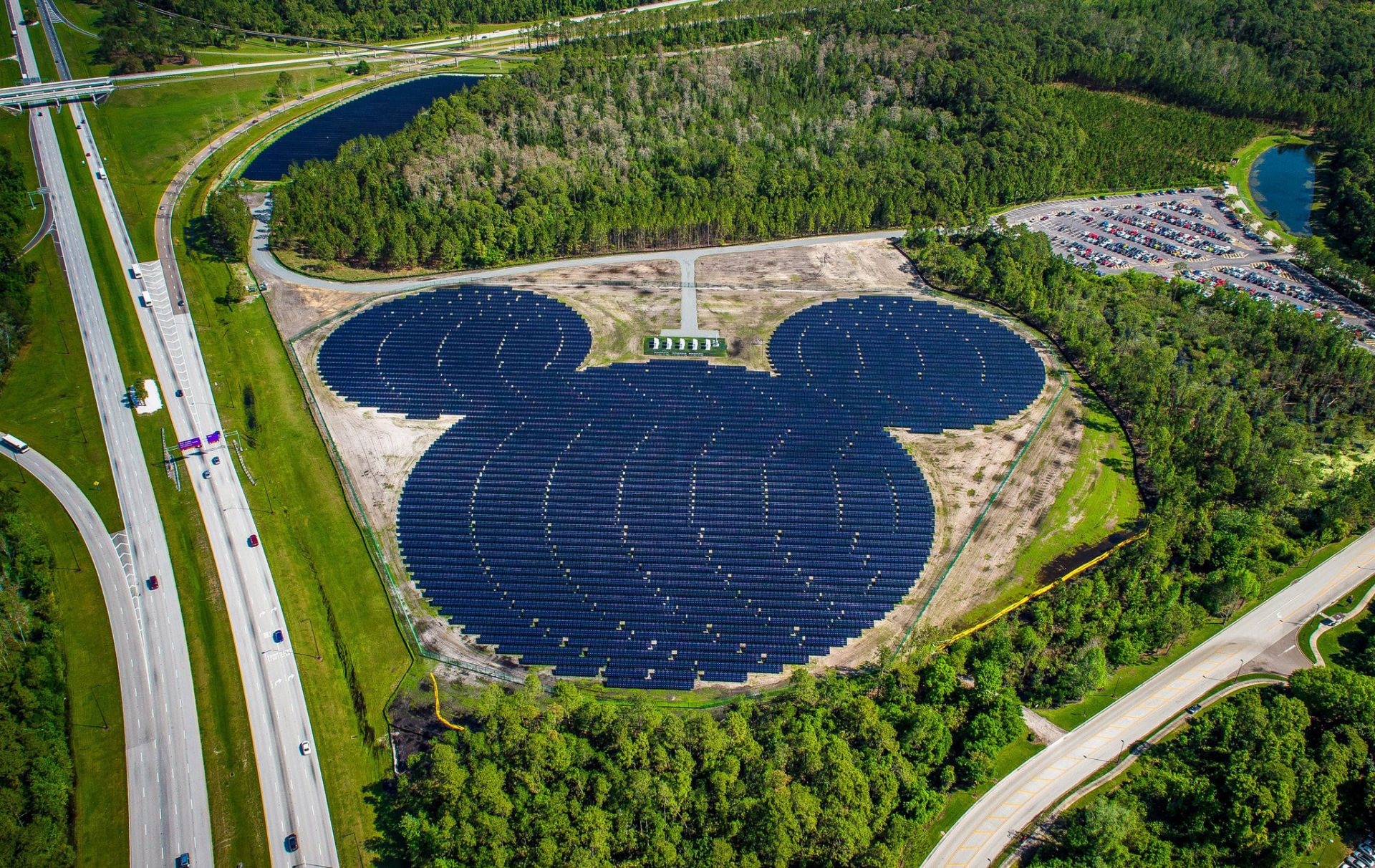
There is extra significance to the American Nuclear Society holding its annual meeting in Orlando, Florida, this past week. That’s because in 1967, the state of Florida passed a law allowing Disney World to build a nuclear power plant.
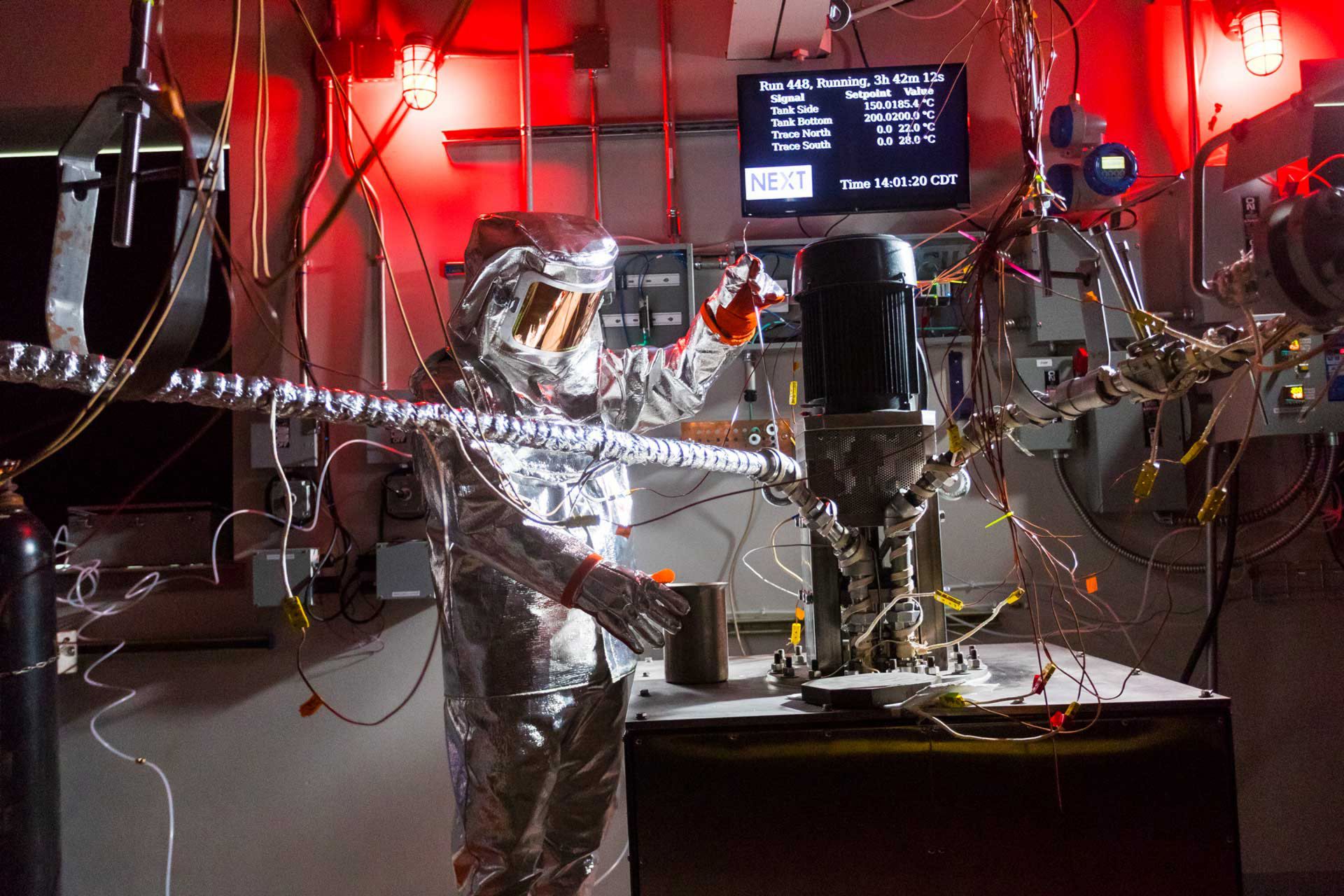
I really think so. Especially after visiting Abilene Christian University’s new Dillard Science and Engineering Research Center, the home of the Nuclear Energy Experimental Testing (NEXT) Lab and where the university will test its new molten salt research reactor design. The visit was part of the 12th Thorium Energy Alliance Conference. NEXT Lab director and program manager Rusty Towell anticipates that the research reactor will be operational in two years, and I believe it will. What was most impressive is that the reactor is suited to be scaled to any size from small to large—a key feature in any decarbonized world.
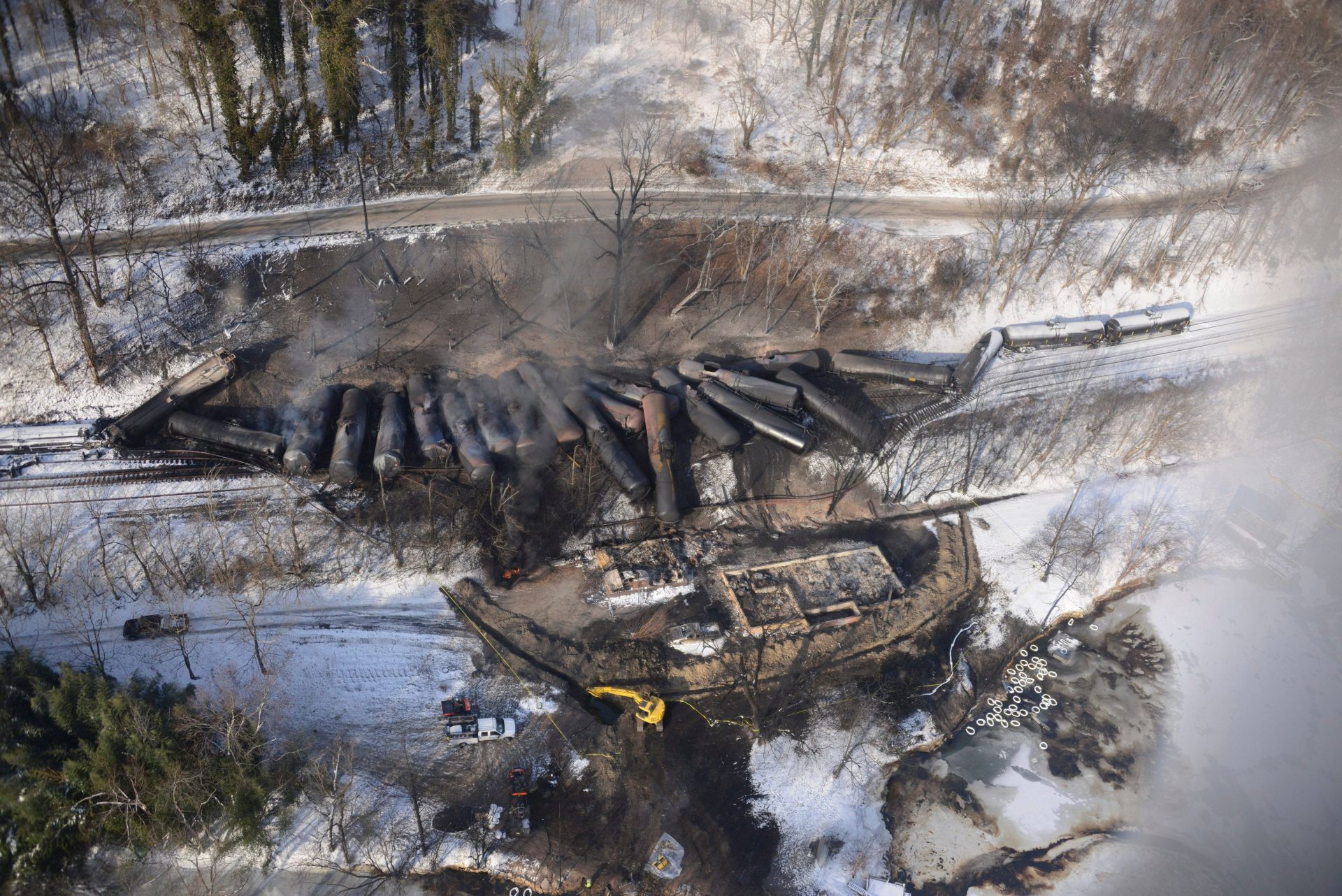
We all know that nuclear energy is the best energy source available—the safest and most reliable with the lowest life-cycle carbon footprint and the lowest environmental impact of any source, according to the latest UN report (unece.org/sites/default/files/2021-11/LCA_final.pdf).
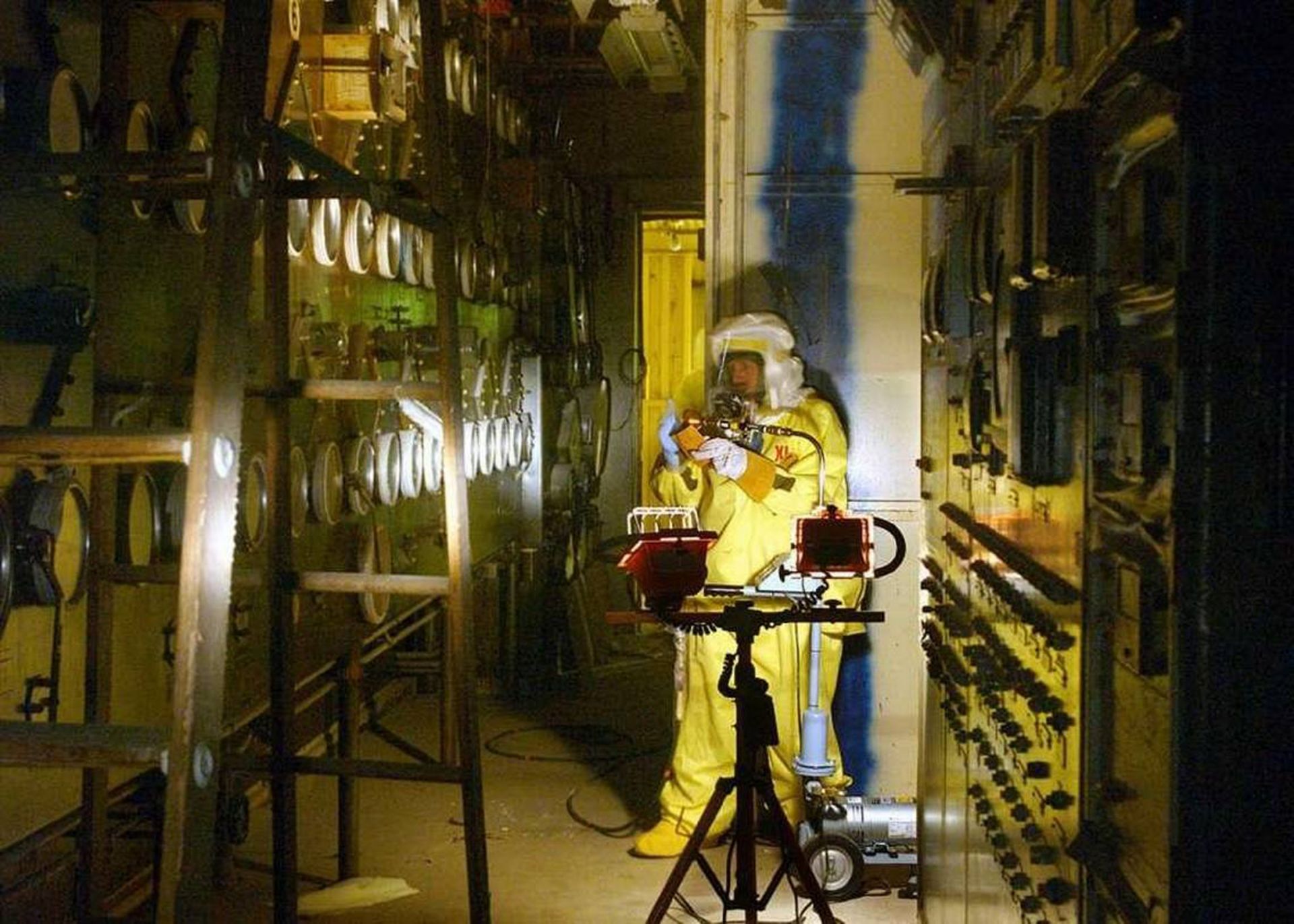
In 1976 at the Hanford Site in Washington state, a 64-year-old chemical operations technician named Harold McCluskey was working on columns filled with special exchange resins in a glove box at the Plutonium Finishing Plant.
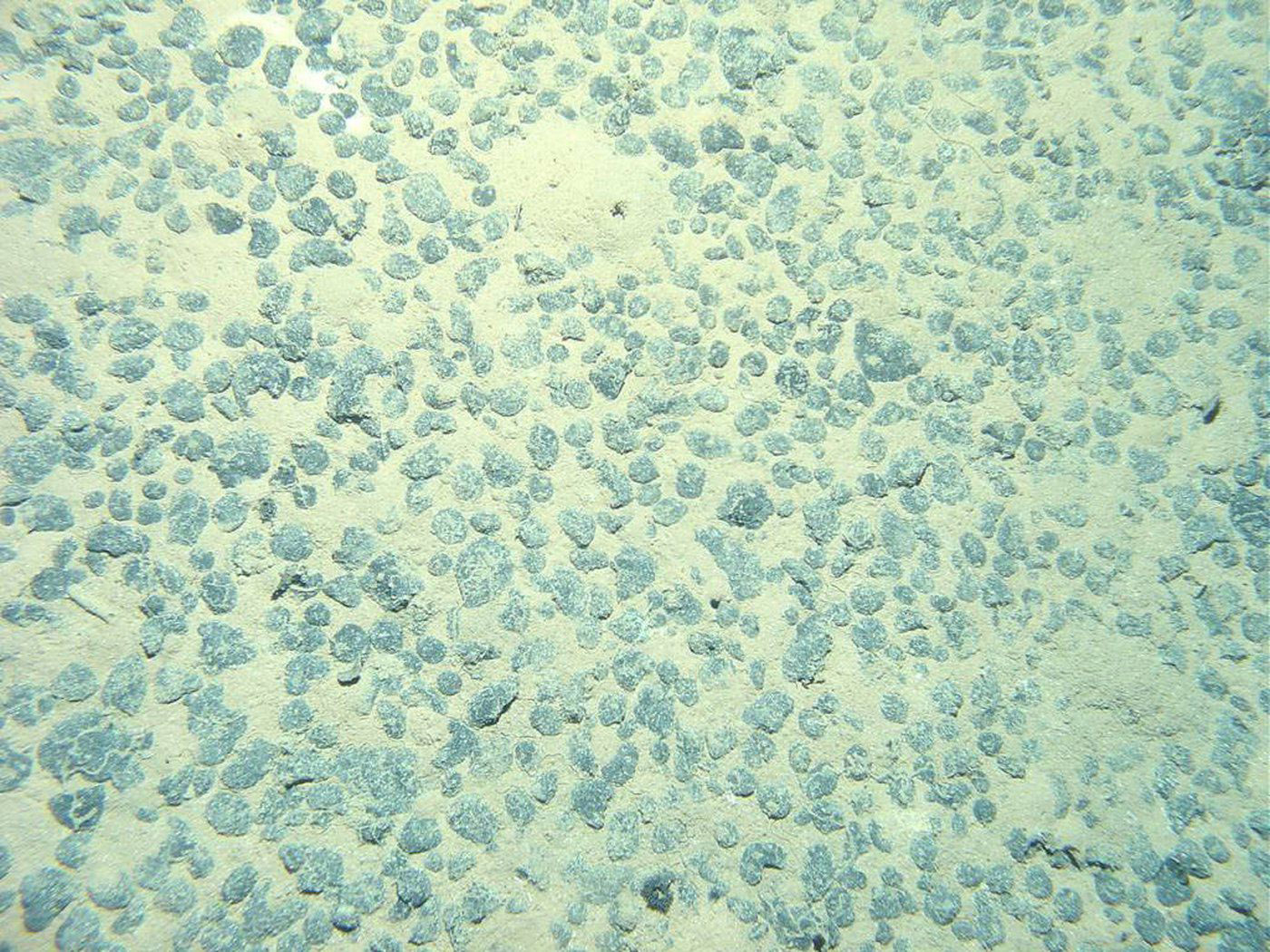
Regardless of how you power our grid or how you attempt to decarbonize our economy, we will need many various metals to achieve any future, or even to just continue with business as usual. Critical metals like cobalt, lithium, nickel, and neodymium are essential to a low-carbon-energy future if renewables and electric vehicles are to play a large role.1 Even if nuclear provides 100 percent of our power, just operating the grid and electrifying most sectors will take huge amounts of critical metals like copper, notwithstanding the fact that nuclear power requires the least amount of metals and other materials of any energy source.

James Conca
The term “dirty bomb” surfaces occasionally, usually in the context of nuclear waste, which, while understandable, is incorrect.
Dirty bombs, or radiation dispersal devices (RDDs), use conventional methods like car bombs to disperse radioactive materials in populated economic districts, such as lower Manhattan. The point is to cause great economic and social disruption disproportionate to the actual radiological effects—and well beyond the physical destruction from the conventional bomb components.
Society’s irrational fear of radiation makes the dirty bomb an ultimate weapon of terror. But it is a psychological weapon, not a nuclear one. The public should not be any more afraid of a dirty bomb than they are of an ordinary car bomb.

In discussing how to counter global warming, it’s pretty easy to argue that nuclear should be the major electricity source and heat producer to replace fossil fuels. At 6 grams per kilowatt-hour, it has the lowest carbon emissions of any energy source, according to the United Nations, and is objectively the safest form of energy for humans and the environment alike, again from a recent UN report.

America, Japan, and China are racing to be the first nation to make nuclear energy completely renewable. The hurdle is making it economical to extract uranium from seawater, because the amount of uranium in seawater is truly inexhaustible.
While America had been in the lead with technological breakthroughs from the Department of Energy’s Pacific Northwest and Oak Ridge National Laboratories, researchers at Northeast Normal University in China have sprung ahead. But these breakthroughs from both countries have brought the removal of uranium from seawater within economic reach. The only question is when will the source of uranium for our nuclear power plants change from mined ore to seawater extraction?
Are you an energy genius? It’s hard to tell whether or not Americans are really aware of the energy that controls our lives, so the following quiz should be revealing. Click through the multiple-choice options below to reveal the answers. Most answers can be found in the pages of the 2023 issues of Nuclear News—if you’ve been a diligent NN reader you should do fine!
Scoring: Zero to five correct answers out of the 20 questions means you may need to read up on energy in order not to be at the mercy of others. Six to 10 correct answers is a good passing grade. Eleven to 15 right answers means you’re really energy literate. Sixteen to 19 correct answers means you should be advising Congress. Twenty right answers suggests you’re Mr. Spock reincarnated.

The World Nuclear Association and the African Commission on Nuclear Energy (AFCONE) last year signed a memorandum of understanding to encourage the use of nuclear energy in support of economic growth and sustainable energy development in Africa.
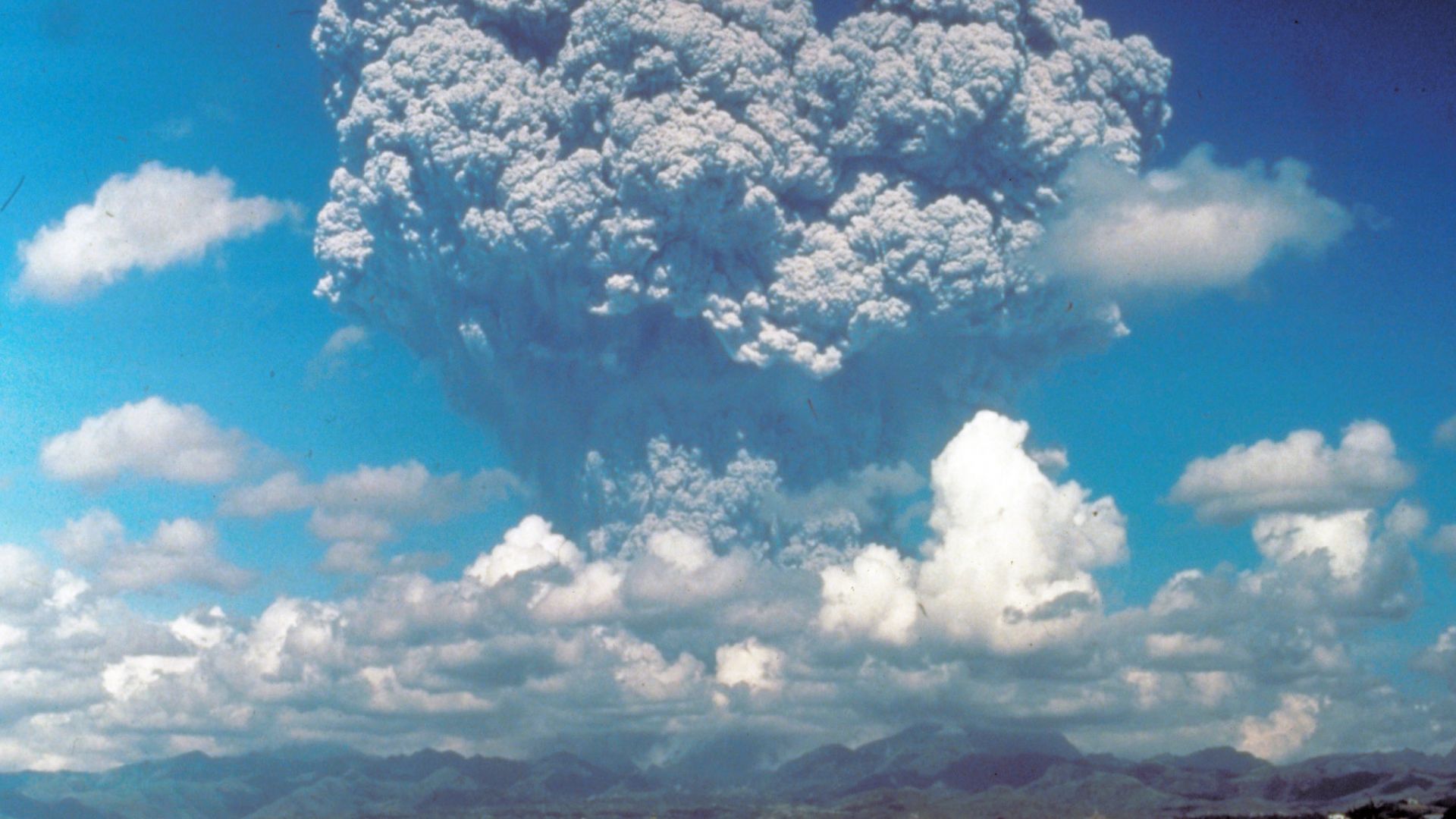
We’re failing.
We’re failing to decarbonize the world in any significant way. Global greenhouse gas emissions are still rising and appear on track to continue rising until at least 2040—the result of energizing the developing world.

Barnard
It’s late March 2023, and freshman state Rep. Stephanie Barnard (R., 8th Dist.) moves quickly through the halls of the capitol building in Olympia, Wash. She enters a room packed with state legislators—both Democrats and Republicans—who are waiting for a meeting to begin.
The event is part of the recently formed Nuclear Energy Caucus, and the featured speaker is Carol Browner, director of the Office of Energy and Climate Change Policy under President Obama and the administrator of the Environmental Protection Agency during the Clinton administration. The meeting is a success, with animated discussion following Browner’s address.
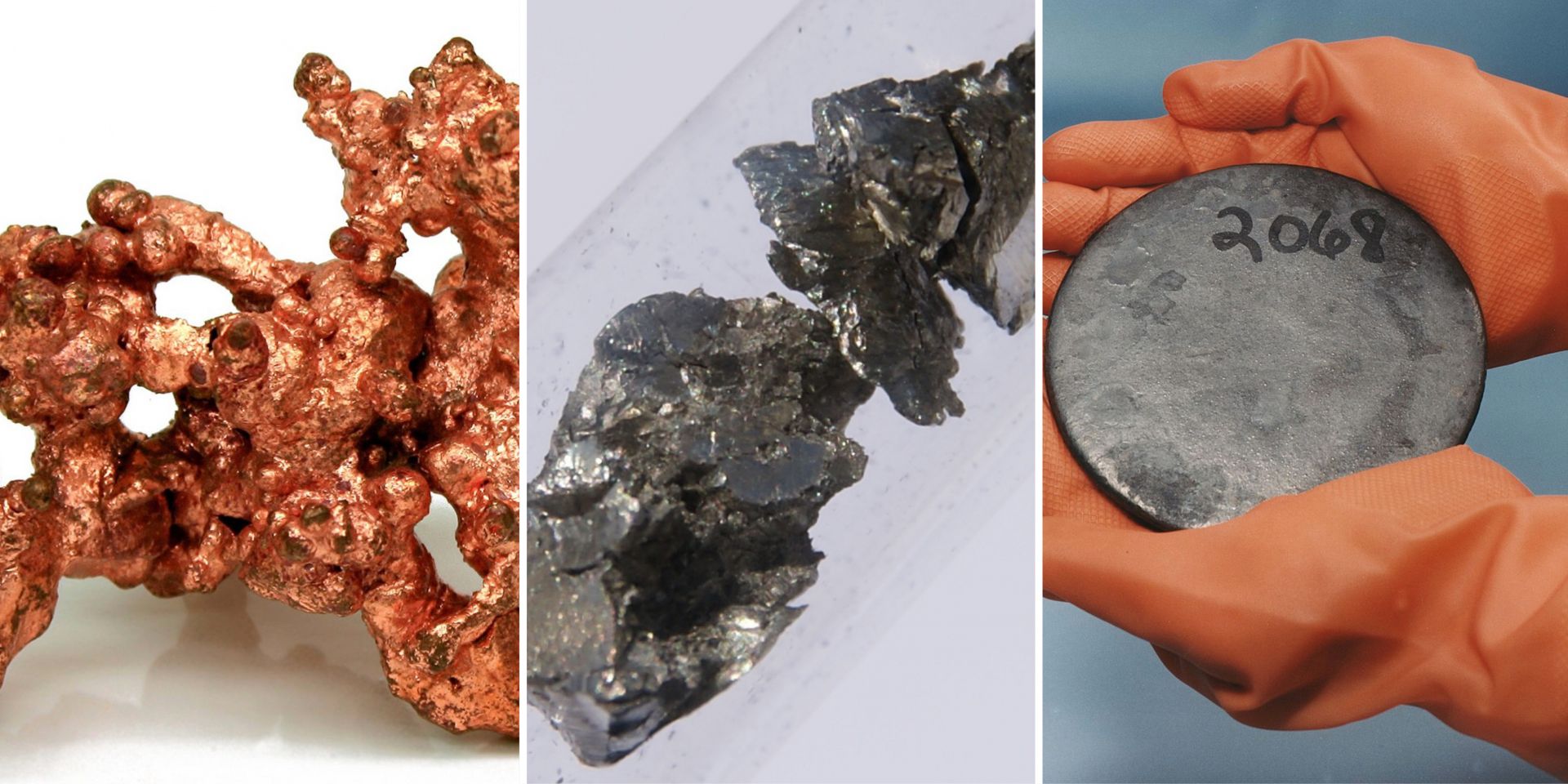
Last year, the U.S. Geological Survey (USGS) released its 2022 list of 50 minerals that are essential to the function of our society, especially the economy and national security. Whether it’s indium for LCD screens and aircraft wind shielding, cobalt for iPhones, uranium for nuclear reactors and munitions, rare earth elements for wind turbine magnets, lithium for rechargeable batteries, or tantalum for electronic components, if we do not have an ample supply, bad things will happen.

“I see nuclear energy as the obvious path forward, and it confuses me as to why everybody else doesn’t. That’s the primary goal with my Miss America policy platform of ‘clean energy, cleaner future.’”
Recently I sat down with Grace Stanke, the current Miss America and a student at the University of Wisconsin in nuclear engineering exploring subjects like nuclear fuel enrichment and reactor performance (as well as being a virtuoso violinist, for good measure).
This year she’s touring the country advocating for clean energy in a cleaner future and for America to reach net zero with the help of nuclear power, while correcting misconceptions and improving communication about nuclear science and encouraging young women to pursue STEM careers.
We talked just after she had finished visiting the Hanford Site while she was on her way to appear at Town Hall Seattle at the request of grassroots pronuclear group Friends of Fission Northwest. I was impressed with the depth of her knowledge and her ability to communicate difficult issues in a concise manner that didn’t require any deep background to understand. I mean, who knows the intricacies of the Waste Isolation Pilot Plant? I was tempted to ask her to run for president.
Washington state has trouble on the horizon—trouble with its electrical grid. Trouble as in not being reliable. Trouble as in big risks of rolling blackouts.
The trouble stems from attempts to decarbonize our society. Getting rid of coal, oil, and gas in generating electricity is the low-hanging fruit, but just getting rid of them without a realistic plan to replace them will do more harm than good.
Are you an energy genius? It’s hard to tell whether or not Americans are really aware of the energy that controls our lives, so the following quiz should be revealing. Click through the multiple-choice options below to reveal the answers.
Scoring: Zero to five correct answers out of the 23 questions means you may need to read up on energy so you’re not at the mercy of others. A score of 6 to 10 correct answers is a good passing grade. Answer 11 to 15 correctly, and you’re really energy literate. Getting 16 to 19 correct means you should be advising Congress. Twenty or more right answers suggests you’re Spock reincarnated.

’Twas the night before Christmas, when all through the house
No electrons were flowing through even my mouse.
All devices were plugged by the chimney with care,
With the hope that St. Nikola Tesla would share.

Taking waste into outer space would require quite large vehicles, like the Saturn 5 rocket shown here carrying the Apollo 14 crew to the moon. A huge fireball forms underneath the rocket . . . hmm, would that be wise? (Source: NASA)
Nuclear waste disposal presents a frustrating problem far beyond its actual danger. No one has ever been harmed by commercial nuclear waste, and no one is likely to ever be harmed.
But we do have to find a final resting place for nuclear waste as it decays away back to the levels of the ore from which it came.
There are several types of nuclear waste: low-level waste (LLW), intermediate-level waste (ILW), transuranic waste (TRU; referring only to bomb waste without a lot of cesium-137 or strontium-90), high-level waste (HLW; also only bomb waste), and spent nuclear fuel (SNF; from commercial power plants only). In the United States, TRU waste, HLW, and SNF require deep geologic disposal by law.
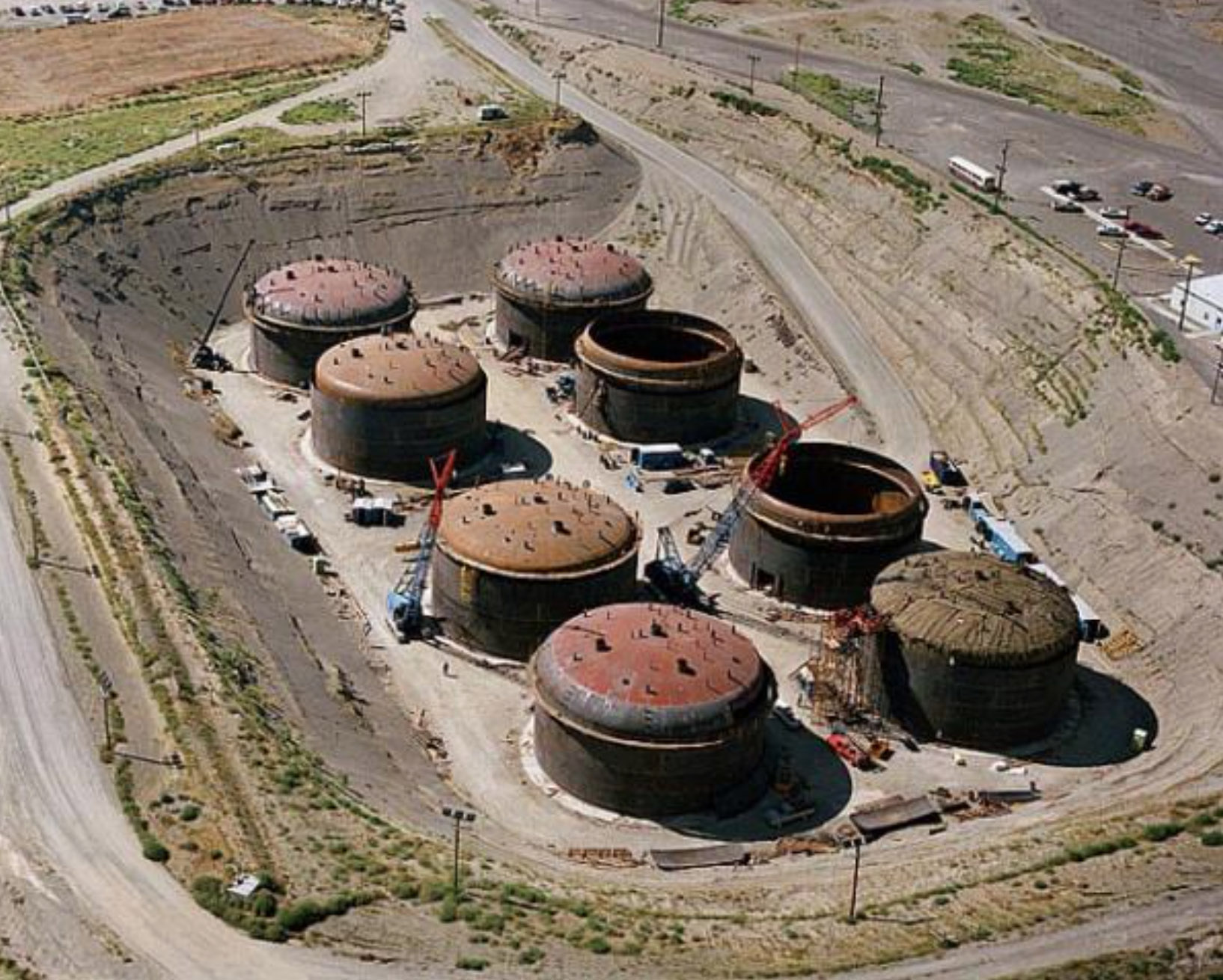
The Hanford tanks, on which building began in 1943, were never supposed to hold waste for many decades. If grouting and disposal had occurred according to plans from the 1980s, this waste would already be in the ground and we would have saved almost $100 billion. (Photo: DOE)
At the end of June, a federal judge approved, with the agreement of the Washington State Department of Ecology, a request to push back the deadline 20 months for beginning nuclear waste treatment at the $17 billion Waste Treatment and Immobilization (Vit) Plant at the Hanford Site because of pandemic-related delays. The Direct-Feed Low-Activity Waste program is the Department of Energy’s plan to start treating low-level radioactive waste first at the Vit Plant and then start treating high-level radioactive waste sometime in the 2030s.
This is the fifth delay granted by the court for the project, which should have begun operations in 2007. In one sense, this delay is good, since turning LLW into glass through vitrification is about as smart as singing into the wind. The chemistry of this waste makes it much better suited to grouting, a treatment used by everyone else in the United States and the world.